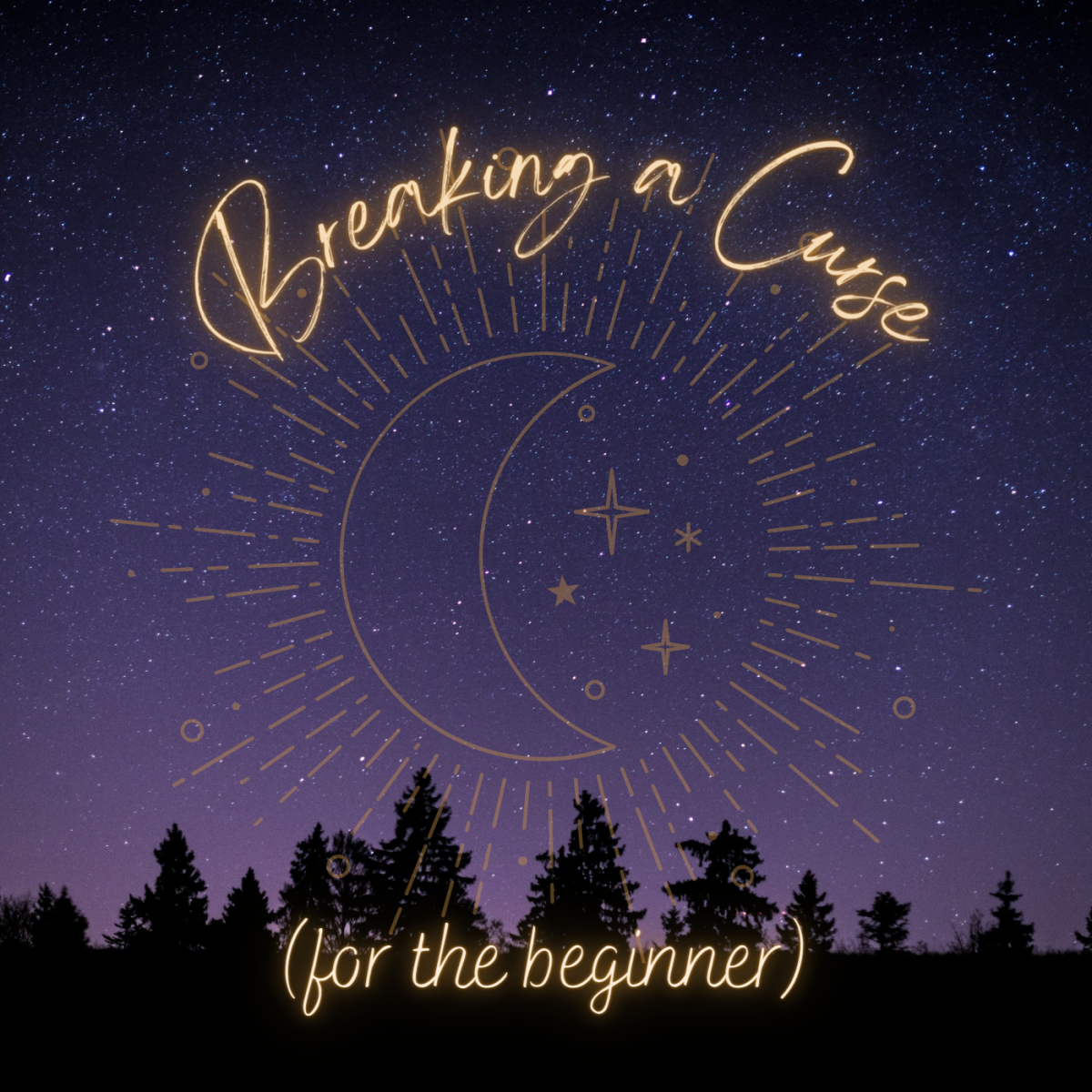Hidden Mexico: Catemaco, the Center for Witchcraft
Switzerland plus Witches!
Click thumbnail to view full-size


"Eye of toad; wing of bat!" Mum!!!
Ask any Mexican male if he believes in witches and witchcraft and he’ll deny it with laugh. Put the same question to a woman and she will look fearfully over her shoulder, shudder, and confess that she does.
The truth is that witchcraft is alive and well in Mexico and most men as well as their womanfolk believe in it under the brittle sophisticated surface.
In Mexico, with a few dollars and the assistance of the local witch (every town has one) all ills are curable, from the unfaithful husband, to the bunion on your toe. Spells can be cast on the unwary who have committed all manner of sins and as they occasionally seem to be effective, the practice survives.
Several parts of the Republic are more convenient to the pointed hat and broomstick brigade, but perhaps the best known to Mexicans - and the least visited by tourists, is the beautiful lake of Catemaco in southern Vera Cruz state.
This is also the center of the “puros” industry: cigars or cheroots to Anglos. The twin towns of Santiago Tuxtla and prettier San Andres Tuxtla houses all the “fabricas” small factories where scores of local girls and guys, earning peanuts, roll luxuriant, local grown tobacco into the well known cigars of the area, said to approach Cuba in quality.
The little village of Catemaco lies a few miles south of San Andres. The houses and business district, such as it is, stretches for a few miles around the north of the Lake Catemaco. Stunning views of the mountainous backdrop to the south has earned the area the title “Switzerland of Mexico,” (vying with several other places claiming the same sobriquet, including Valle de Bravo in Mexico State).
When I was there a few years ago, boats were available for hire to tour around the ten-mile-long (and about 8 wide) body of water. Inexpensive restaurants of dubious quality abound, but they were so cheap no one minds. The local whitefish caught on the lake are delicious.
OK, enough tourist fluff yet, what about the “brujeria,” (witchcraft)?
Female Brujas are witches in Mexico, and the spell-binding blokes are called “brujos.” Another lot more concerned with healing are the “”curanderos,” or “curers.”
Most of the witches are men in the area, but women are available for those who prefer their attentions. The witchery here goes back hundreds of years, predating the Spanish Conquest in the early 16th Century.
There’s nothing mysterious or secretive about the practice , I saw lists of brujos in shop notice boards and just about any taxi driver will take you to his favorite. (he gets a commission). The consultations (sales pitches) and subsequent action is not expensive for Mexican pilgrims, but Gringos will expect to pay a lot more, especially for talismans, which make great gifts for the credulous back in Peoria.
Almost never visited are two tropical beaches north-east of the Lake: When I was there, I gave up half way along this extremely rocky and serpentine route. It may be OK by now, if not, four-wheel drive is recommended - or a tank. Another nice little “Laguna,” (lake) lies along this route, the Laguna de Sontecomapan. You may be the only ones there, especially before early March, which is the “witching season” in Catemaco and members of the “eye of toad, and wing of bat” set come from all round Mexico.
This is a fascinating part of Mexico: very tropical and humid most of the time. The people live in palm tree shaded mud and straw huts in the poorer parts of the Tuxtlas. Don’t forget to pick up your puros before you leave the area, they will be worth 10 times the price back in Europe…if one explodes, you will know a companion has had a successful spell woven about your undeserving head…(That’ll teach you to flirt with the bar girls!)











